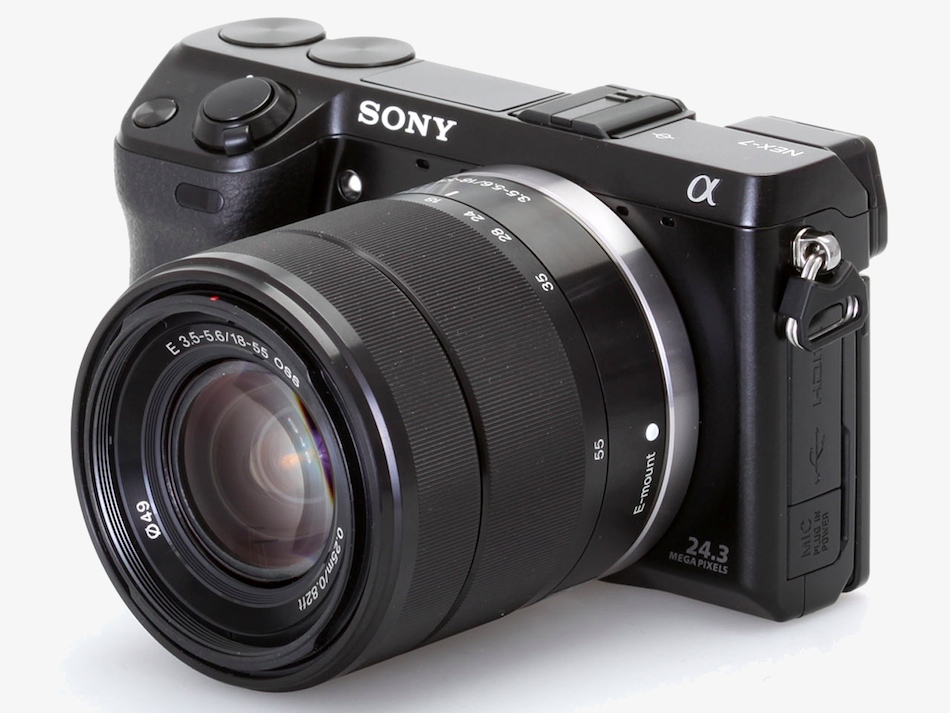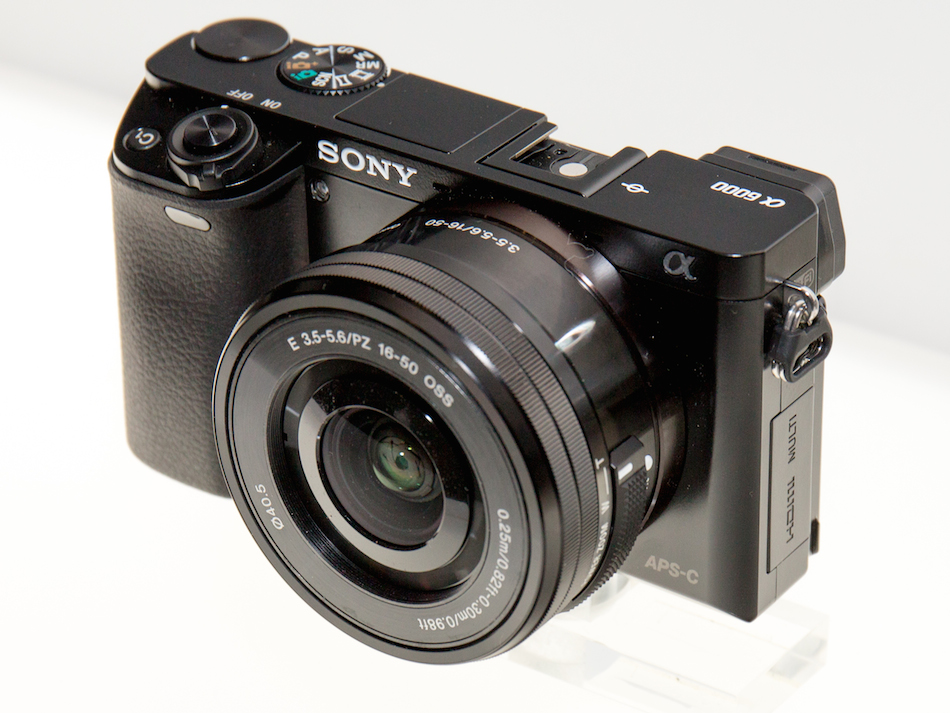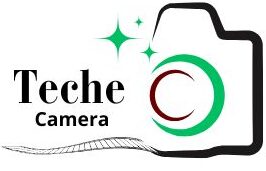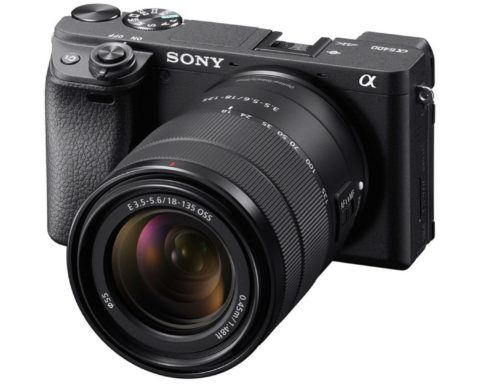The Sony A7000 camera is one of the most talked-about upcoming releases in the APS-C mirrorless world. As photographers look for faster performance, better video capabilities, and advanced autofocus, the A7000 is shaping up to be Sony’s next major step forward. Rumors suggest it will offer a stacked sensor, improved burst shooting, and 4K video at higher frame rates, all in a compact, durable body. In this article, we’ll explore everything expected from the Sony A7000, how it compares to existing models like the A6700, and why it could become the go-to choice for hybrid shooters, wildlife photographers, and content creators.
Sony A7000 Camera Overview
The Sony A7000 camera is one of the most anticipated additions to Sony’s APS-C mirrorless lineup. With a growing demand for a high-performance crop-sensor body, photographers and videographers alike are eagerly waiting for a camera that delivers professional features in a compact form. The A7000 is expected to be a step above the Sony A6700, potentially targeting advanced users who need faster autofocus, better video specs, and enhanced image processing. It’s positioned as a hybrid camera that bridges the gap between enthusiast-level gear and professional APS-C tools.

Sony A7000 Release Date and Price Predictions
Sony has not officially announced the A7000, but rumors and leaks suggest a launch could happen in late 2025 or early 2026. The timing seems logical as the A6700 was released in 2023, and Sony typically updates its APS-C line every 2–3 years.
As for pricing, it’s expected that the Sony A7000 will fall in the range of $1,500 to $1,800 (body only). This would place it slightly above the A6700 but well below Sony’s full-frame models like the A7 IV. The pricing strategy could make it attractive to both semi-professionals and high-end hobbyists looking for speed and precision without jumping to full-frame costs.
Sony A7000 Camera Specs and Features (Rumored)
While official specs are still under wraps, several features are widely rumored based on industry leaks and Sony’s recent trends:
- Sensor: A new 32MP stacked APS-C CMOS sensor, offering faster readout and improved dynamic range.
- Processor: Likely the BIONZ XR engine for real-time tracking and fast burst rates.
- Autofocus: AI-powered subject detection, real-time Eye AF for humans, animals, and possibly vehicles.
- Video: 4K at 120fps, 10-bit 4:2:2 internal recording, S-Cinetone color profile, and no recording limit.
- Build: Weather-sealed magnesium alloy body, dual card slots (CFexpress Type A + SD), and improved grip.
- IBIS: In-body image stabilization with up to 7 stops of compensation.
- EVF and LCD: Likely a high-resolution 3.69M-dot EVF and a fully articulating LCD touchscreen.
These specs would place the A7000 ahead of any APS-C mirrorless camera Sony has made so far.
Sony A7000 vs Sony A6700 – Key Differences
The A7000 is expected to build upon the strengths of the A6700 but with several major upgrades:
| Feature | Sony A6700 | Sony A7000 (Expected) |
| Sensor | 26MP BSI | 32MP Stacked CMOS |
| Processor | BIONZ XR | BIONZ XR (Enhanced) |
| AF | Real-time Tracking | AI-Based Subject Detection |
| Video | 4K 60p | 4K 120p |
| Burst Speed | 11fps | Up to 20fps (Electronic) |
| LCD | Tilting Touchscreen | Fully Articulating |
| Build | Solid, plastic-heavy | Magnesium Alloy, Weather-Sealed |
The A7000 is expected to appeal more to professionals who need speed, detail, and rugged build, all in a compact body.
Best Lenses to Use with Sony A7000
Given its APS-C format and high-end capabilities, the A7000 would benefit from fast, sharp lenses. Recommended options include:
- Sony 16-55mm f/2.8 G – Ideal for everyday, travel, and street photography.
- Sony 70-350mm f/4.5-6.3 G OSS – Great for wildlife and outdoor sports.
- Sigma 18-50mm f/2.8 DC DN – Lightweight third-party zoom with excellent sharpness.
- Sony 11mm f/1.8 – Perfect for vlogging, landscape, and architecture.
- Sony 30mm f/3.5 Macro – Affordable and sharp for close-up work.
- Tamron 17-70mm f/2.8 VC – Versatile zoom with stabilization for handheld shooting.
Because the A7000 is expected to have advanced autofocus and high resolution, pairing it with optically strong lenses is key.
What the Sony A7000 Needs to Succeed
For the Sony A7000 to do well, it needs to fix a few things. First, it should stay cool during long 4K video recording so it doesn’t overheat. The camera’s menu should also be easier to use, especially for beginners. It would be great if you could use the camera as a webcam or for live streaming just by plugging in a USB cable.
A flip-out screen is also important for vloggers who need to see themselves while recording. Sony should also make more small, high-quality lenses like a 23mm f/1.4 or 56mm f/1.4 that fit well with this camera. Lastly, having two memory card slots would help pros who need extra space and backup. If Sony adds these features, the A7000 could become a great camera for both photo and video creators.
Sony A7000 for Wildlife, Sports, and Videography
One of the biggest appeals of the A7000 will be its potential for fast-action shooting:
- Wildlife Photography: Thanks to the crop factor, a 300mm lens becomes 450mm equivalent, ideal for distant subjects. Add fast burst and AF, and it’s a perfect combo.
- Sports: Expected high burst rates (15–20fps) and predictive tracking can rival some full-frame gear in performance.
- Videography: With 4K 120fps and 10-bit internal recording, filmmakers can capture high-quality slow-motion and cinematic color without needing extra gear.
This camera will cater directly to creators who want power, speed, and portability.
Is the Sony A7000 Worth Waiting For?
If you’re using a camera like the Sony A6000, A6400, or A6600, it might be a good idea to wait for the Sony A7000. This new model is expected to bring big upgrades, like faster autofocus, better video, quicker photo bursts, and a stronger build. It may also include features like a flip-out screen, dual card slots, and advanced subject tracking, which many creators are asking for.

But if you need a camera right now for casual or semi-pro work, the A6700 is still a great option. It offers solid performance and modern features. For those who want top performance, future-ready specs, and more pro-level controls in a small APS-C camera, the A7000 is worth waiting for.
Conclusion – Will the A7000 Redefine Sony’s APS-C Line?
All signs point to yes. The Sony A7000 could become the new gold standard for APS-C shooters, combining the speed of a sports camera with the size and price of a mirrorless crop sensor system. If Sony delivers a stacked sensor, advanced autofocus, better ergonomics, and 4K 120p video, the A7000 could dominate its segment and challenge rivals like the Canon EOS R7 and Fujifilm X-H2.
Frequently Asked Questions
Is the Sony A7000 officially confirmed?
No, Sony has not officially announced the A7000 yet, but trusted rumor sources suggest it’s under development.
What will be the sensor size of the Sony A7000?
It is expected to use a 32MP APS-C stacked CMOS sensor for improved speed and detail.
Will the Sony A7000 support 8K video?
Most rumors point to 4K 120fps rather than 8K, which is still rare in APS-C cameras due to heat and cost concerns.
Is the Sony A7000 better than the Canon R7?
If rumored specs are true, it may outperform the R7 in burst speed, autofocus AI, and video features.
Can I use full-frame lenses on the Sony A7000?
Yes, Sony’s full-frame E-mount lenses are fully compatible with APS-C bodies like the A7000.

